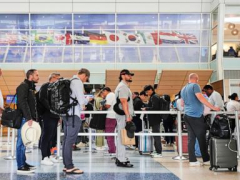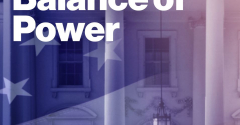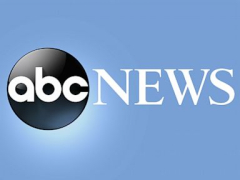LAS VEGAS — For a few hopeful weeks this summer, a bright billboard on the major highway linking Toronto to New York greeted Canadian drivers with a simple message: “Buffalo Loves Canada.”
The marketing campaign, which included a $500 gift card giveaway, was meant to show Buffalo’s northern neighbors they were welcome, wanted and missed.
At first, it seemed like it might work, said Patrick Kaler, CEO of the local tourism organization Visit Buffalo Niagara. More than 1,000 people entered the giveaway. But by the end of July, it was clear the city’s reliable summer wave of Canadian visitors would not arrive this year.
Buffalo’s struggle reflects a broader downturn in international tourism to the U.S. that travel analysts warn could persist well into the future. From northern border towns to major hot spots like Las Vegas and Los Angeles, popular travel destinations reported hosting fewer foreign visitors this summer.
Experts and some local officials attribute the trend that first emerged in February to President Donald Trump’s return to the White House. They say his tariffs, immigration crackdown and repeated jabs about the U.S. acquiring Canada and Greenland alienated travelers from other parts of the world.
“To see the traffic drop off so significantly, especially because of rhetoric that can be changed, is so disheartening,” Kaler said.
The World Travel & Tourism Council projected ahead of Memorial Day that the U.S. would be the only country among the 184 it studied where foreign visitor spending would fall in 2025. The finding was “a clear indicator that the global appeal of the U.S. is slipping,” the global industry association said.
“The world’s biggest travel and tourism economy is heading in the wrong direction,” Julia Simpson, the council’s president and CEO, said. “While other nations are rolling out the welcome mat, the U.S. government is putting up the ‘closed’ sign.”
Travel research firm Tourism Economics, meanwhile, predicted this month that the U.S. would see 8.2% fewer international arrivals in 2025, an improvement from its earlier forecast of a 9.4% decline but well below the numbers of foreign visitors to the country before the COVID-19 pandemic.
“The sentiment drag has proven to be severe,” the firm said, noting that airline bookings indicate “the sharp inbound travel slowdown” of May, June and July would likely persist in the months ahead.
Deborah Friedland, managing director at the financial services firm Eisner Advisory Group, said he U.S. travel industry faced multiple headwinds — rising travel costs, political uncertainty and ongoing geopolitical tensions.
Since returning to office, Trump has doubled down on some of the hard-line policies that defined his first term, reviving a travel ban targeting mainly African and Middle Eastern countries, tightening rules around visa approvals and ramping up mass immigration raids. At the same time, the push for tariffs on foreign goods that quickly became a defining feature of his second term gave some citizens elsewhere a sense they were unwanted.
“Perception is reality,” Friedland said.
Organizers of an international swing dancing said an impression of America’s hostility to foreigners led them to postpone the event, which had been scheduled to take place this month in the Harlem area of New York City.
About three months into Trump’s second term, international competitors began pulling out of the world finals of the International Lindy Hop Championships, saying they felt unwelcome, event co-producer Tena Morales said. About half of attendees each year come from outside the U.S., primarily from Canada and France, she said.
Contest organizers are considering whether to host the annual competition in





